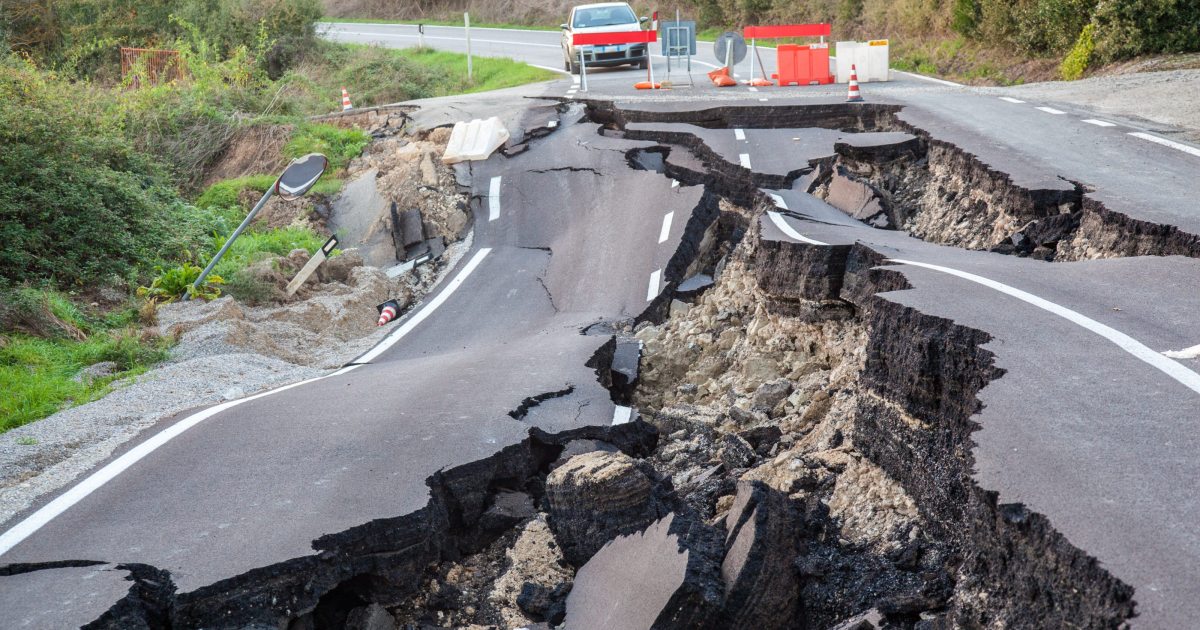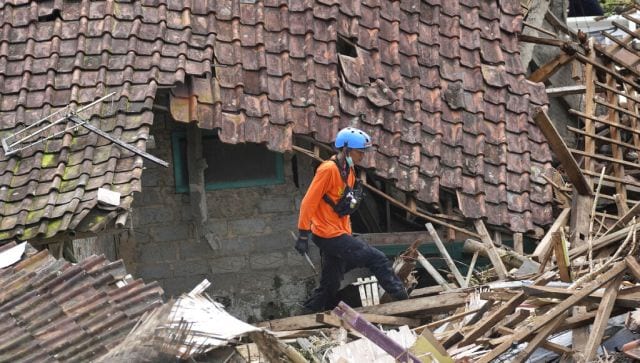Table of Contents
- 18 ‘significant’ earthquakes in 24 days: Is a big jolt overdue?
- Turkey earthquake: Rescue efforts across region after deadliest ...
- Some earthquakes last for seconds, others for minutes — and a few for ...
- Some earthquakes last for seconds, others for minutes — and a few for ...
- Powerful Earthquake Strikes Taiwan, Killing at Least 1 - The New York Times
- Recent Earthquake in PNG Measuring 7.0 - PNG News Update
- Analyzing Earthquake Data. Introduction | by Mahalakshmi Konar | Medium
- Earthquake Today : Earthquake Today Major Tremor Could Strike Today And ...
- Get Breaking News Headlines Earthquake Today PNG
- Google Now Shows Recent Earthquake Information In Search Results



Visualizing Seismic Activity



Drilling Down into Earthquake Data




Additional Resources and Tools
The Seismic Monitor is more than just a map; it's a gateway to a broader range of seismic resources and tools. IRIS provides access to: Seismic waveforms: Visual representations of the seismic waves generated by earthquakes, which can be used to analyze the event's characteristics. Earthquake statistics: Summaries of earthquake activity over time, including the number of events, their distribution, and trends. Educational materials: Resources for teachers and students to learn about seismology, earthquake science, and related topics. The Seismic Monitor by IRIS is a powerful tool for anyone interested in understanding earthquakes and the dynamic processes that shape our planet. By providing a comprehensive view of recent earthquakes on a world map, along with detailed data and additional resources, the Seismic Monitor contributes significantly to seismic research, education, and awareness. Whether you're a professional seismologist, a student, or simply someone fascinated by the Earth's natural phenomena, the Seismic Monitor is an indispensable resource that offers insights into the Earth's tremors and much more.Visit the IRIS website to explore the Seismic Monitor and discover the wealth of information it has to offer.